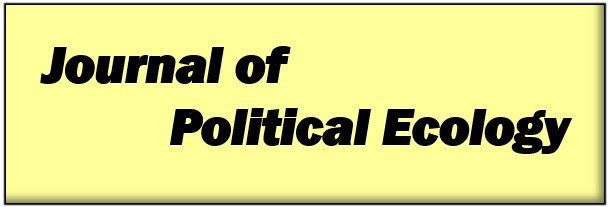Abstract
Canadian diamonds are marketed as ethical alternatives to so-called 'conflict diamonds.' This research analyzes a series of focus groups conducted in Kugluktuk, Nunavut, an Inuit town impacted by diamond mining. The article sheds some light on the risks and benefits of mining, but it also examines the broader historical and geographic context of commodity networks for diamonds as an entry point into a critique of the possibility of consumption as ethical praxis. What the analysis shows is that the risks and benefits assessed by focus group participants manifest themselves in a context of colonial dispossession of sovereignty over resources. This dispossession is part of the very process of market regulation that is necessary for capital accumulation. Accumulated capital professes to satisfy this created need ethically. In much of Arctic Canada, for example, this takes the form of a dependency on the market in order to secure the wages now necessary to engage in subsistence activities. The purpose of this article is not to unveil exploitive conditions of production or to claim that Canadian diamonds are in fact unethical, but rather to question what we mean by 'ethical' commodities by examining the claim within a broader historical political ecology.
Keywords: Diamonds, political ecology, market regulation, Nunavut, ethical consumption
How to Cite:
Schlosser, K., (2013) “History, scale and the political ecology of ethical diamonds in Kugluktuk, Nunavut”, Journal of Political Ecology 20(1), 53-69. doi: https://doi.org/10.2458/v20i1.21746
Downloads:
Download PDF
View PDF
1525 Views
425 Downloads

